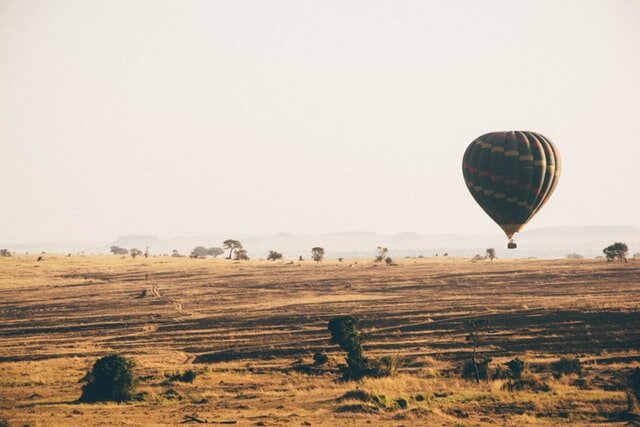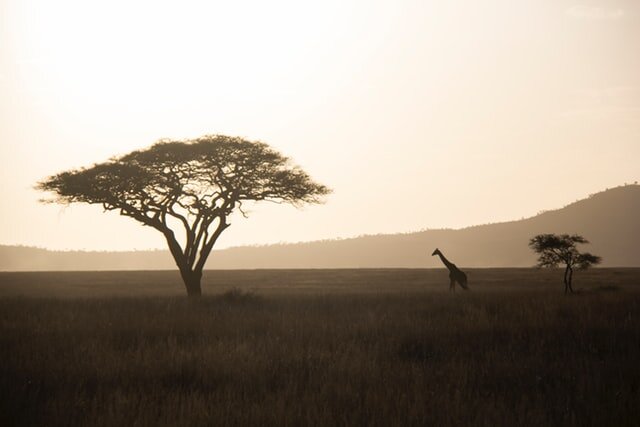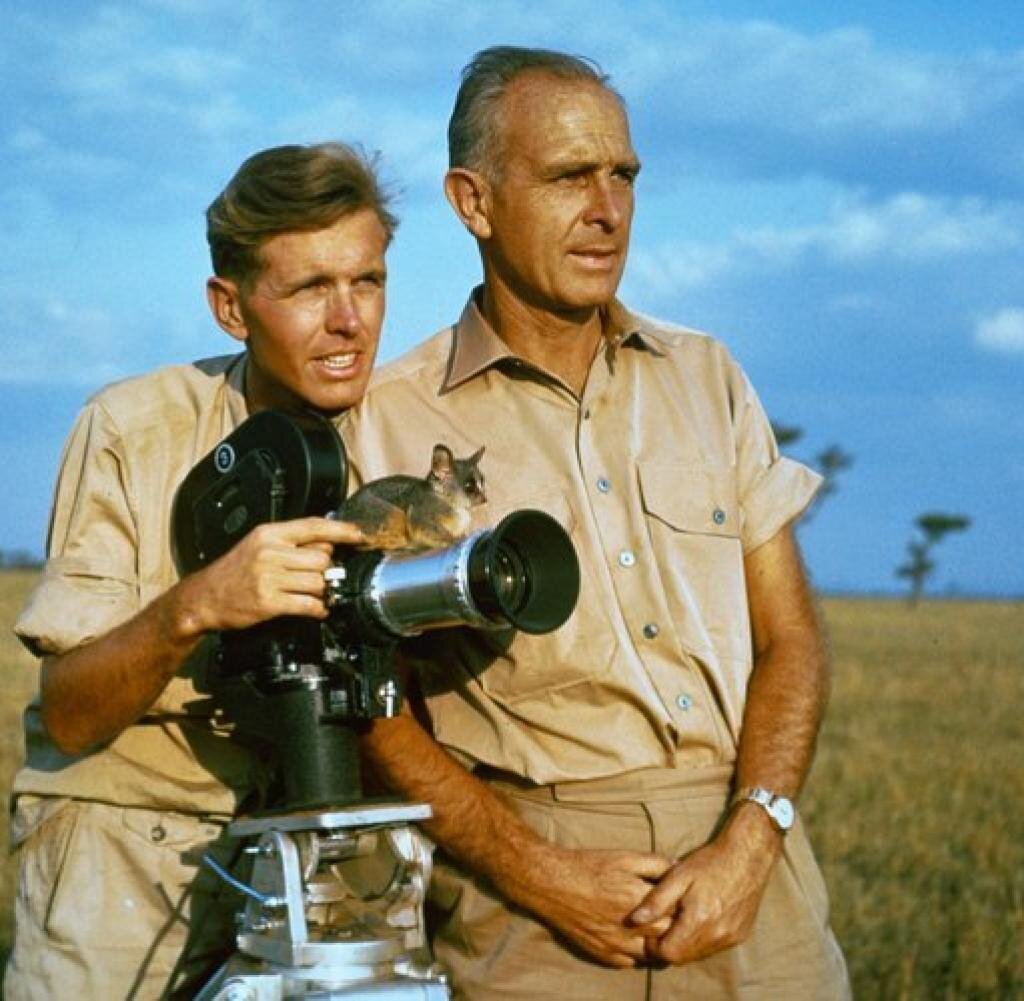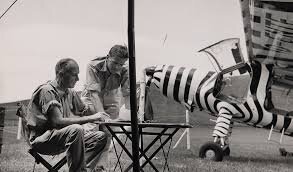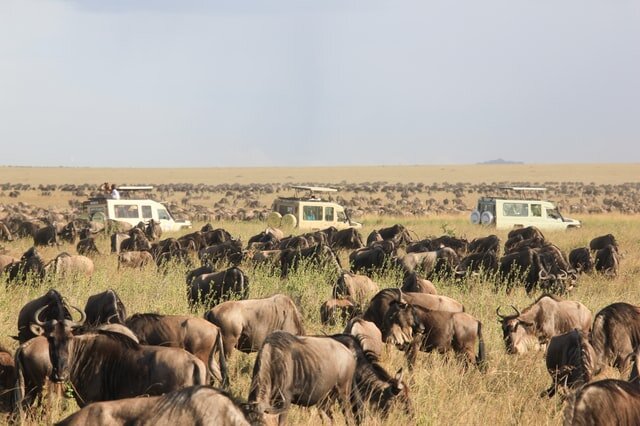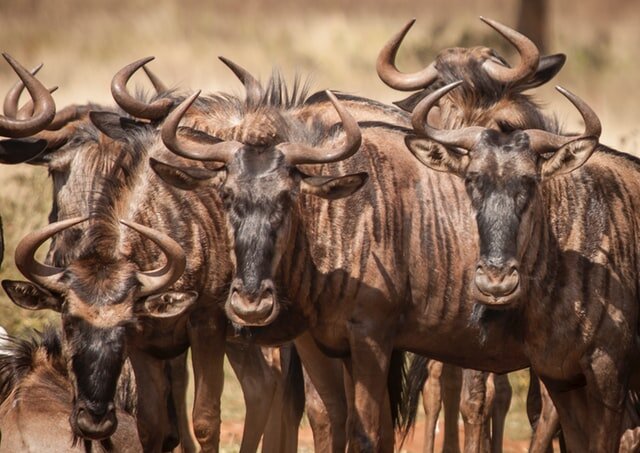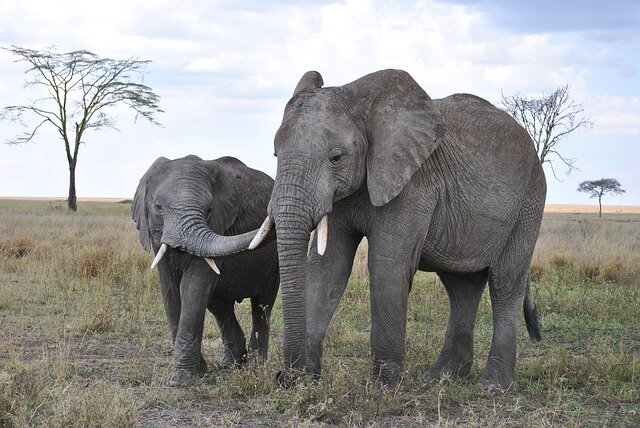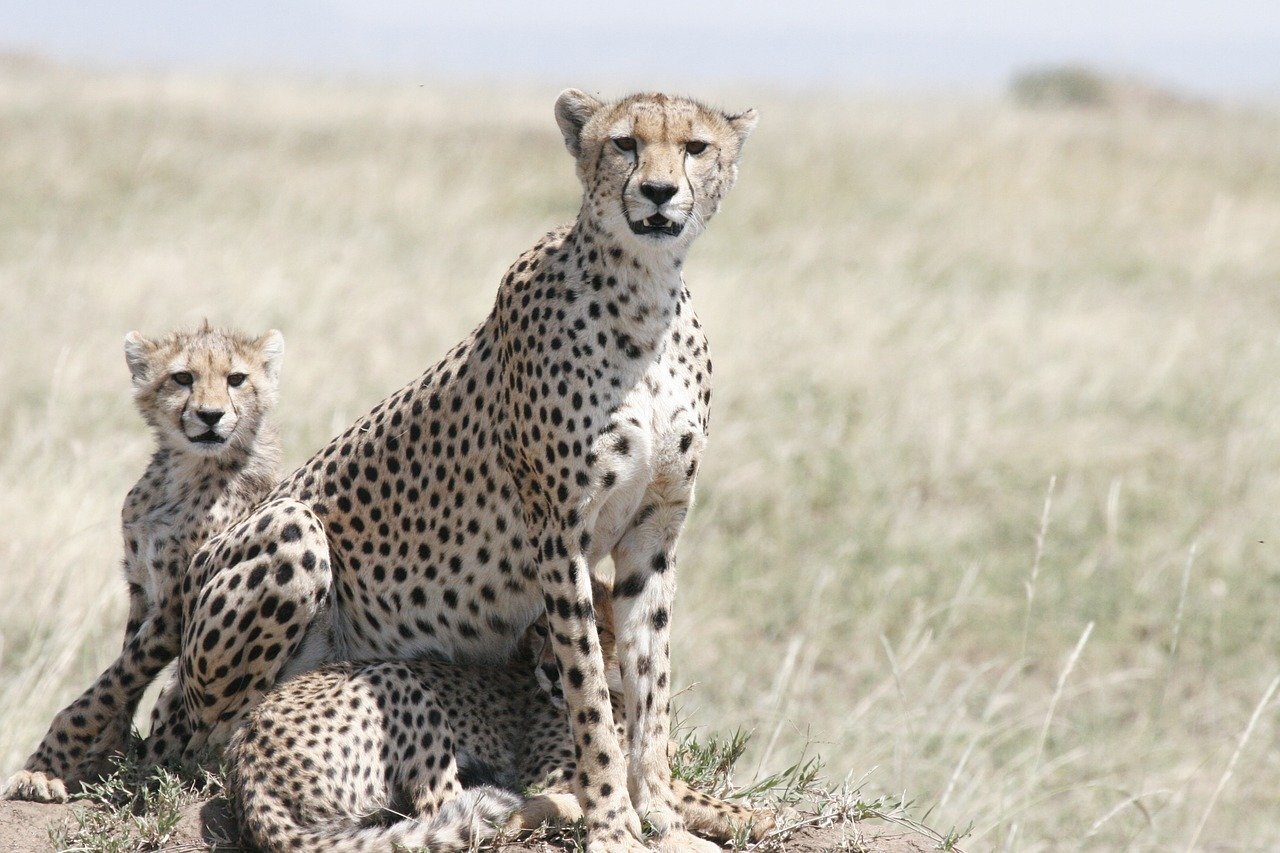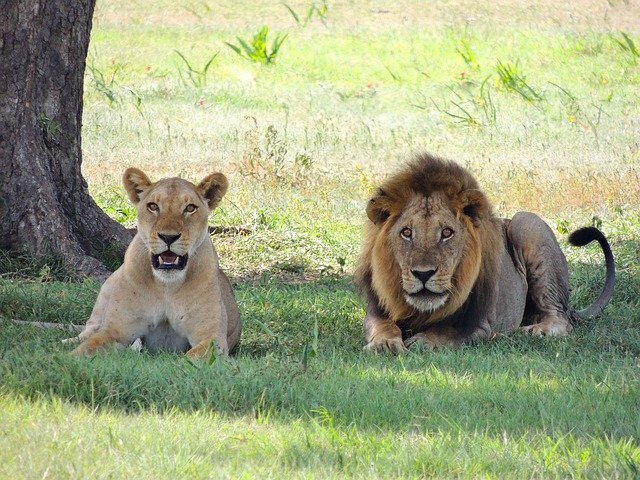The Serengeti - What makes it unique?
Located in the far north of Tanzania, one of the most diverse countries in the world - both ecologically and culturally - the Serengeti is one of the world’s most iconic national parks. The name conjures up images of expansive, acacia-dotted grasslands, riverine forest, and woodlands that seem to go on forever, covered with herds of grazing herbivores and stalking predators. Known all over the globe for its abundance of wildlife and high biodiversity, the Serengeti National Park has gained and held onto its reputation for good reason.
The word Serengeti is an approximation of the word Siringet, used by the Maasai, meaning “the place where the land runs forever”, and the sheer size of the Serengeti makes it a unique and important ecosystem in both Tanzania and Africa at large. This vast ecosystem spreading over 1.5 million hectares (larger than the state of Connecticut) boasts the highest density of big mammals in the world, over 500 bird species and is home to the Great Migration…it was also declared a UNESCO World Heritage Site in 1981!
Let’s explore this area of natural beauty, unmatched in Africa and all across the globe.
BRIEF HISTORY
When Austrian Oscar Baumann (the first European explorer) visited the area in 1892, the Maasai had been grazing their livestock in the open plains of the eastern Mara region for over 200 years. Stewart Edward White was the first American to enter the Serengeti and during his stay, he recorded his explorations in the Northern Serengeti in 1913. He returned in the 1920s and camped in the area around Seronera for three months during which time, he and his companions hunted and shot 50 lions. Hunting of lions caused a decline in population, and for that reason, the British colonial administration established a partial Game Reserve of 800 acres (3.2 km sq) in the area in 1921 and a full one in 1929. These actions were the basis for the establishment of the Serengeti National Park in 1951.
Few conservationists have had such a lasting and public relationship with the Serengeti as Bernhard and Michael Grzimek. They spent several years studying the wildlife in the Serengeti, especially on areal observation and counts of large scale annual migrations in order to adjust the borders of the national park. Grzimek wrote a best-selling book, Serengeti Shall Not Die, which was key in driving the creation of the Serengeti National Park. More controversial results of Grzimek’s influence in the Serengeti Region during the 1950s and 60s include the displacement of the Maasai people from the Serengeti to what is known today as the Ngorongoro Conservation Area. The prevalent assumption to create a haven for animals left no space for humans who were subsequently relocated. However, above all, the Grzimek men are remembered for their tireless and lasting commitment to establish and conserve the Serengeti we all love. You can learn more about their work at the Serengeti Visitor Centre in the Seronera region.
WHAT MAKES IT SPECIAL
The Serengeti is Tanzania’s oldest park and the flagship of the country’s tourism industry. It provides a major draw to the northern safari circuit encompassing the Ngorongoro Conservation Area, Lake Manyara National Park, Tarangire National Park, and Arusha National Park. The greater Serengeti ecosystem is not just located in one country in Africa, it comprises the Serengeti National Park and smaller reserves in Tanzania, while in Kenya, it spans across the Maasai Mara Game Reserve.
The Serengeti is home to the oldest ecosystem in the world. Its usually warm and dry climate is interrupted by two rainy seasons (April to May, and a shorter season in November/December). The Serengeti’s weather is sweet relief compared to some of the lowland desert areas of East Africa, where temperatures can be scorching. The higher elevation of the Serengeti grasslands provides temperate weather throughout the year.
What do YOU get to see and experience in the Serengeti?
Made up of grasslands with scattered trees, rock outcroppings, wetlands and rivers, the Serengeti and surrounding area host a diversity of wildlife found nowhere else on earth. In fact, the wildlife you'll see there is one of the top reasons why Tanzania is consistently voted the best safari country in the world. In the Serengeti ecosystem you will see many hundreds of bird species as well as big mammals and reptiles that will exceed your wildest safari dreams. Make sure your camera and binoculars are ready for action!
In addition to the Big Five (Lion, African Leopard, African Bush Elephant, Eastern Black Rhino, and African Buffalo), you will also encounter a diverse herbivore population. Named the “Great Migration”, millions of hoofed mammals move in an endless cycle within the Serengeti in search of water and grass to graze on every year.
THE GREAT MIGRATION
The journey of the annual Great Migration of over 1.8 million wildebeest, almost half a million gazelles, and nearly a quarter million zebra starts out from the south of the Serengeti (Ndutu Plains), with the birth of over half a million calves between January and March. The air during these months are full of new life and action, and predators constantly hunt for babies when thousands of calves are born each day. Lions, leopards, cheetahs, wild dogs, hyenas and other predators and scavengers follow the herds, so get ready to keep your eyes peeled.
When the drought nears at the end of May, the mega herd moves north towards Northern Serengeti and the Masai Mara. The migration, however, is not without risk as crossing over the Mara River means facing crocodiles and the famous Serengeti lion population patiently waiting for a kill.
With the beginning of the short rains in November, the herds make their way back into the Serengeti, and by December, the herds trek past Seronera to return to their calving grounds in the Ndutu Plains in the South where their migration kicked off, and the circle is complete.
To witness the Great Migration is an experience that will boggle the mind, as the animals cover the endless plains like ants as far as the eye can see! No wonder the Great Migration is called one of Africa’s Seven Natural Wonders!
WILDLIFE
Tanzania is home to the world's largest population of lions, and Serengeti National Park may be the world's largest lion sanctuary (with a population estimated at 3,000) due in part to the abundance of prey species.
The wildebeest, which number over 1.8 million individuals, constitute the largest population of big mammals in the Serengeti. Over 300,000 Thomson and Grant's gazelles, 200,000 zebra, and tens of thousands of topi and Coke’s hartebeest, Masai giraffe, waterbuck, impala, warthog, and hippo call the Serengeti home.
Important to many safari goers, the Big Five (Lion, African Leopard, African Bush Elephant, Eastern Black Rhino, and African Buffalo) can be spotted here, and some rarely seen species of antelopes such as common eland, diki-dik, klipspringer, roan antelope, bushbuck, lesser kudu, fringe-eared oryx and many more can also be spotted in the park. While on your Serengeti safari, you can also come across the region’s 500 bird species.
SCENERY AND LANDSCAPES
The Serengeti National Park is divided into three regions including the Serengeti Plains (endless grasslands) which is the most emblematic scenery of the park, the Western Corridor, known for its black soil covering the savannah of this region, and the Northern Serengeti which is dominated by open woodlands and hills.
The Ngorongoro Conservation Area lies to the southeast of the National Park, to the southwest of the park lies the Maswa Game Reserve, while the Ikorongo and the Grumeti Game Reserve lies to the west and the Loliondo Game Controlled Area lies to the northeast and east. These areas put together make up the larger Serengeti ecosystem.
HOW DO I GET TO THE SERENGETI AND where do i stay?
Depending on the overall length of your safari, the Serengeti is typically accessed by car (with our customized Toyota 4x4 Land Cruisers) or by plane, flying from Kilimanjaro or Arusha airport into any of the aistrips across the Serengeti. Alternatively, some of the more exclusive safari lodges do have their own small craft airstrips that can cater to private flights. Accommodations in the Serengeti range between mid-range tented camps to high end luxury lodges - it offers something for every taste!


